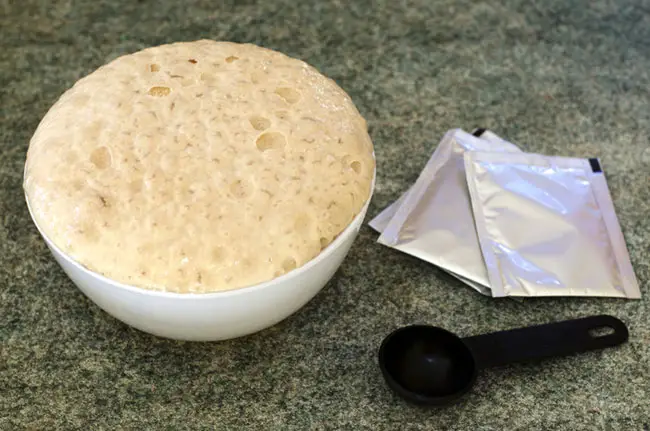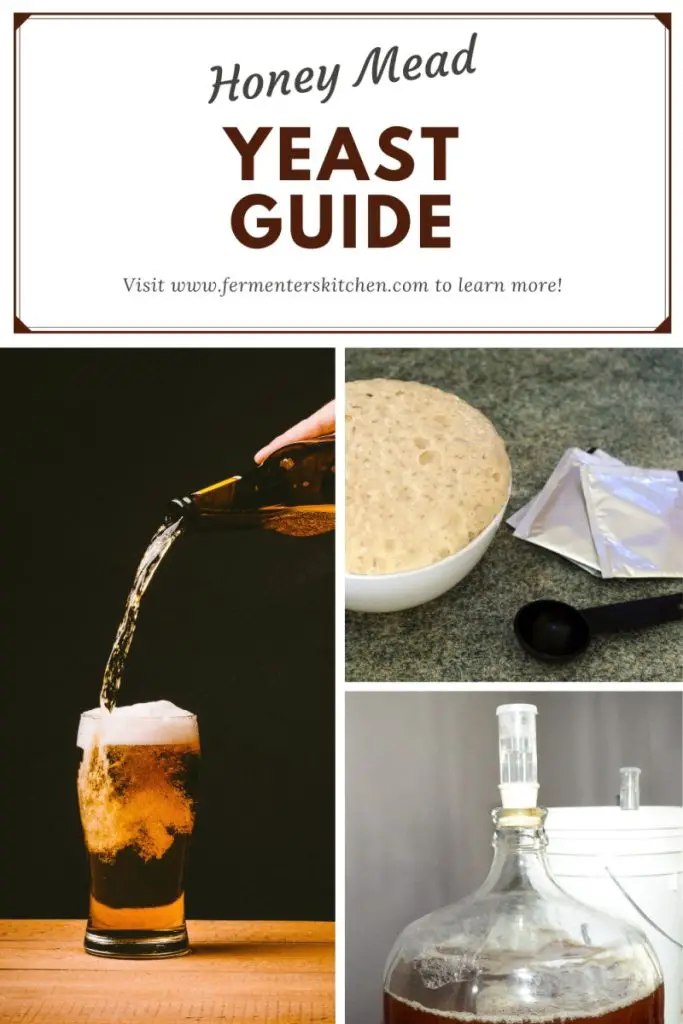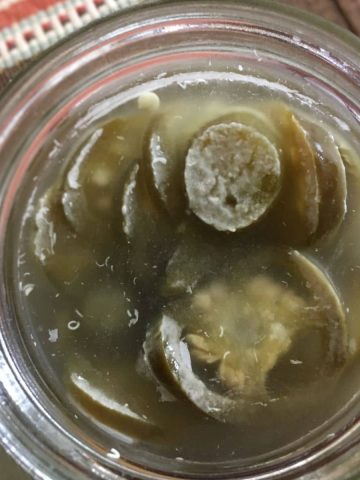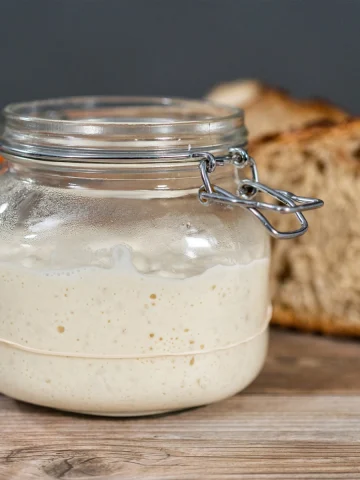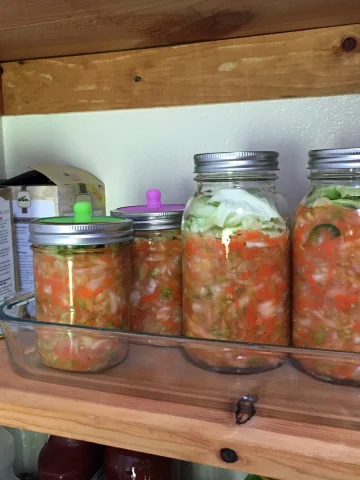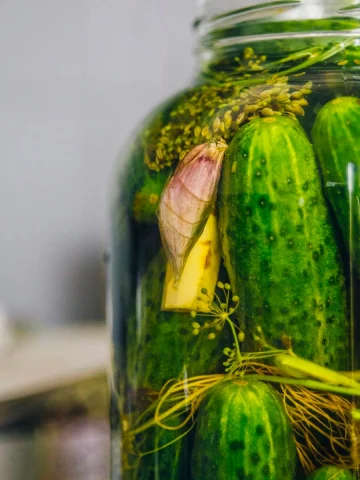This guild is to help the home mead makers sift through the many different yeasts available for making honey wine, a.k.a honey meads, sweet meads, dry meads, sparkling meads, fruit meads, and choose the right yeast for brewing mead.
What kind of yeast can be used in mead-making?
One of the beautiful things about making mead is that due to its simple sugar content, the sky is the limit regarding what yeast can be used for fermentation.
Most yeast strains available on the homebrew market today should have no issues chewing through the actual sugar content of the mead you are making.
You could even go as far as using bread or baker's yeast, but yeast strains aimed at fermenting wine, mead, or ciders are preferred as they've been bred with an alcoholic beverage flavor.
These strains are for high gravity fermentation of simple sugars. They can enhance the varietal characteristics of the honey and be very predictable.
Attenuation Level Determines the Mead Sweetness or Dryness
One of the determining factors of what yeast you should use for your mead is the amount of residual sweetness you desire in the finished product.
Attenuation is the term used to represent the amount of fermentable sugar the yeast can eat during fermentation.
Each yeast that you may consider using will have its level of attenuation attributed to it.
If your goal is to make sweeter mead with some of the sweetness left behind, you'd be best off to find yeast that has a lower attenuation level.
Alternatively, if you are looking for a dry mead with a more dry finish, choosing a yeast with a higher attenuation level would be best.
Lower attenuation level = Sweet Mead
Higher attenuation level = Dry Mead
Alcohol Tolerance
Another determining factor of what type of yeast you should use for your mead is the yeast's alcohol tolerance. Each yeast will have a different amount of alcohol it can tolerate before it no longer ferments.
While most yeasts designated for wine or mead use should be able to handle just about anything you can throw at it, some linger in the lower end of the mead style guidelines.
While it is important to pick a yeast that will survive up to the ABV you are planning to use, some mead makers intentionally choose a yeast with a lower alcohol limit than the alcohol content of their planned mead.
For example, some mead makers may use a Safale US-05 yeast that can only tolerate up to 10% alcohol in a mead that should go to 11% ABV on paper.
When using this method, mead makers can determine where the yeast will die out, leaving some of the honey unfermented once it reaches its terminal alcohol point.
Many mead makers who desire residual sugar post-fermentation prefer this approach over simply back sweetening with honey.
You may also like: Honey Mead Recipe
Yeast Characteristics
While many mead makers understand the role yeast play in creating alcohol, some are unaware of how important yeast is in providing additional flavor components.
In many cases, yeast can play equal importance to the mead as the actual honey varietal being used.
Yeast flavors and aromas range wildly in yeast, from cleaner and neutral to exuding characteristics such as spicy, herbal, or fruity flavors.
Liquid Yeast vs. Dry Yeast - which is better for brewing mead?
As mentioned above, just about any yeast can be used in homemade meads, including liquid or dry yeasts in a homebrew store.
Which is better is really up to your preference as both have their strengths and weaknesses.
Some prefer dry yeast as it tends to be more affordable and has a much longer shelf life.
On the other hand, liquid yeast tends to have a more custom or defined flavor profile. With liquid yeast, you will need to be much more diligent in checking the yeast's age.
Liquid yeast should be dying by the day, with cell count and viability diminishing rapidly compared to dry yeast.
As such, you may have to use multiple packs of yeast or create a yeast starter before pitching liquid yeast into your batch of mead to ensure the fermentation process goes off without a hitch.
Our Top Choices of Yeast For Brewing Mead
As there are many different styles of mead that can be made, and it's impossible for us to know exactly which one you are making or what your goals are for your mead, we really can't say the singular "best" mead yeast is.
However, we have done some research and come up with a list of yeast choices that will make some great meads.
Lalvin D-47
Type: Dry
Style: Wine
ABV Tolerance: 15%
Temperature Range: 59 - 86
Attenuation: High
Flocculation: Medium
Notes: This yeast is excellent for traditional/base varietals as it will accentuate the honey notes
Lalvin D-47 is a white wine yeast that is the first choice for many mead makers. It ferments at a moderate to fast pace with little foaming and is good for medium to dry meads. It accentuates the honey notes, making it a good choice for traditional mead. It does need a nutrient-rich environment, so add some Yeast nutrients.
Last update on 2025-05-20 / Affiliate links / Images from Amazon Product Advertising API
Lalvin EC-1118
Type: Dry
Style: Champagne
ABV Tolerance: 18%
Temperature Range: 45 - 95
Attenuation: Medium
Flocculation: High
Notes: It is a great choice for many mead makers due to its wide temperature range and high alcohol tolerance. This yeast has a more neutral yeast flavor, making it a great all-around yeast.
The Lalvin EC-1118 is a champagne yeast with a low foaming, vigorous and fast fermenter with a high alcohol and sulfate tolerance. It is a hearty yeast that can ferment in a broad range of temperatures and inhibit wild yeasts. Being a neutral yeast, it has little effect on the honey character.
Last update on 2025-05-20 / Affiliate links / Images from Amazon Product Advertising API
Lalvin 71B-1122
Type: Dry
Style: Wine
ABV Tolerance: 14%
Temperature Range: 59 - 86
Attenuation: High
Flocculation: Medium
Notes: This is a great choice for fruited meads as the yeast can metabolize high amounts (20% to 40%) of malic acid.
The 71B-1122 is red wine yeast, great for cysers and other melomels that use dark fruits like blackberries and cherries. Since it can metabolize malic acid, it produces a smooth, well-rounded, and more aromatic mead that matures more quickly than other yeasts.
Last update on 2025-05-20 / Affiliate links / Images from Amazon Product Advertising API
White Labs WLP720 - Sweet Mead
Type: Liquid
Style: Mead
ABV Tolerance: 15%
Temperature Range: 70 - 75
Attenuation: Low
Flocculation: Medium
Notes: This is a great choice for meads where residual honey or sweetness is desired.
The White Labs WLP720 is a wine yeast strain less attenuative than WLP715 Champagne Yeast, leaving some residual sweetness in your mead.
It is also slightly fruity and will tolerate alcohol concentrations up to 15%. The White Labs WLP720 is a good choice for brewing a sweeter mead, cider, or Blush wines, Gewürztraminer, Sauternes, and Riesling.
- Attenuation: 75
- Flocculation: Low
- Optimum Ferm Temp: 70-75
- Pitchperfect packaging, shipped in a insulated mailer with icepack
Last update on 2025-05-20 / Affiliate links / Images from Amazon Product Advertising API
SafAle US-05 American Ale Dry Yeast
Type: Dry
Style: Beer
ABV Tolerance: 10%
Temperature Range: 64 - 82
Attenuation: Medium
Flocculation: Medium
The Safale US-05 yeast displays a neutral yeast character and is a great all-around fermenter.
Its lower alcohol tolerance can ferment a higher ABV mead so that residual sugar will be left behind.
Its dry yeast strain produces well-balanced beers with low diacetyl and a very clean, crisp palate.
It forms a firm foam head and presents an excellent ability to stay in suspension during fermentation.
This yeast strain is ideal for many American beer types and highly hopped beers.
Safale US-05 is a dried American Ale strain with fermentation properties resembling Wyeast 1056 (American Ale) or White Labs WLP001 (California Ale). Sedimentation is low to medium, and final gravity is medium.
Last update on 2025-05-20 / Affiliate links / Images from Amazon Product Advertising API
MORE FERMENTED DRINKS AND MEAD RECIPES
Now that you’ve learned how to make Honey Mead, here are a few things that you might find interesting…

